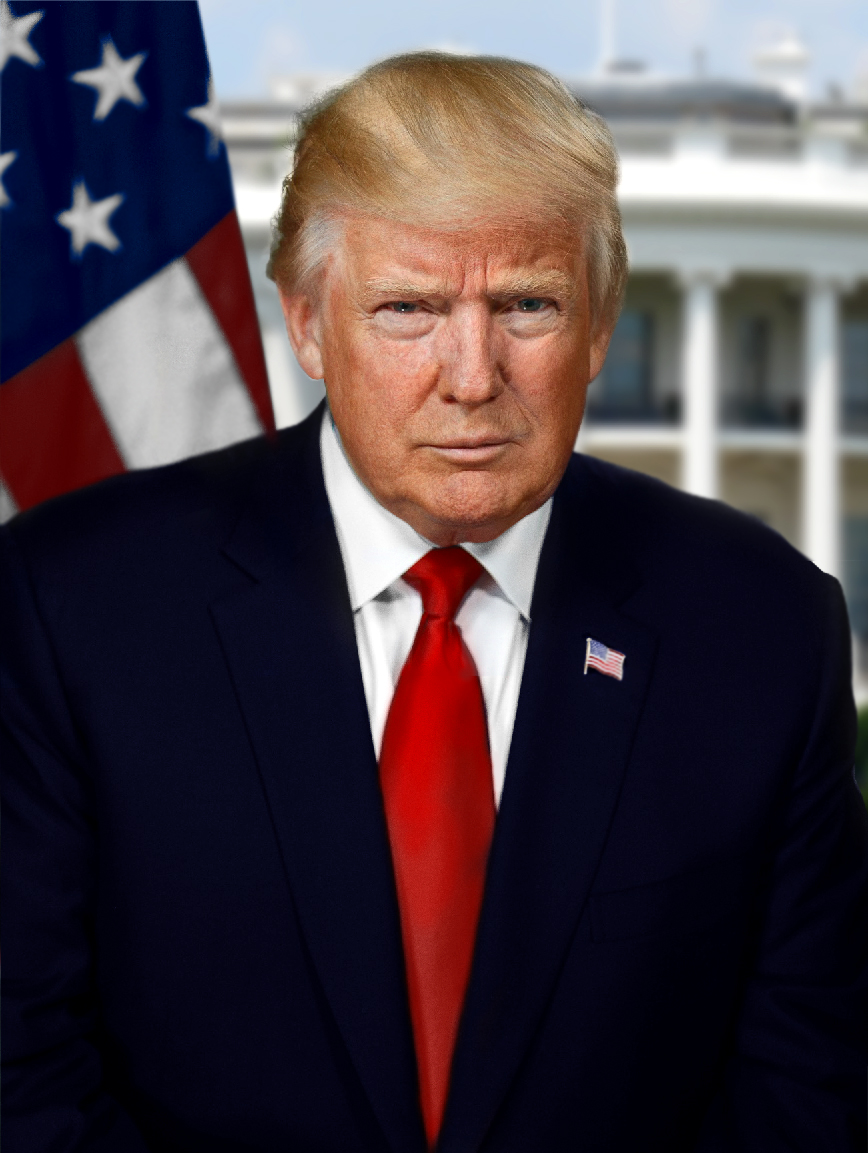Hours away from Trump’s inauguration the world is divided. While half of the world looks on with the same level of dismay as they did at Clinton’s defeat in November, the rest wait with bated breath to hear whether the political outsider will really make good on the ambitious plans he brings to the White House.
The result of the election is still a hotly contested issue. Everything from Russian hacking, to the UK’s decision to exit Europe has been pointed to as the trigger for the overwhelming rise in support for Donald Trump. But businesses might be looking at the presidential election in a different way. What have we learnt about marketing’s contribution?
Obama’s legacy
Many will fondly remember Obama’s meteoric 2008 campaign. If we skip past the obvious factors of Obama representing the first black man to take office, his campaign stood out heavily for its use of modern marketing techniques.
By the election result, Obama tapped over 3 million donors who provided $640 million to the campaign. The majority contributed small amounts online. To do this, he leveraged his website, the blogosphere, and even user-generated content (remember Obama Girl?) and video games to engage Americans from all corners of the US. People found out on Twitter that Joe Biden was to be Obama’s running mate.
His advertising messages and his tone and demeanour throughout the campaign consistently communicated his theme of hope and the campaign logo started a wave of cult posters reiterating his message of ‘change’.
A thirty-minute infomercial added a real achievability and drive to this message. The emotional appeal was buttressed with solid and specific policy details. Obama’s communications were professional without being slick, attention-getting without being in-your-face.
Trump’s tactics
By comparison, Donald Trump’s victory may be a surprise, but not to astute marketers. Good marketers always know how to balance new customer acquisition with customer retention. Trump turned the Democrats’ commendable embrace of diversity on its head to invoke the ‘Forgotten Man,’ winning over Democrats overlooked by their party as well as bringing in new voters and energising lapsed ones.
Above the line, Trump has spent a fraction of the money on TV advertising and direct marketing compared to his rivals. Rather than rely on carefully planned messaging and policy announcements, he built his following through an improvised approach. His willingness to cause controversy, combined with his swagger and self-assurance, enabled Trump to make a splash in mass media and establish a strong base of support among one, mass segment – disgruntled Americans.
Below the line, Trump’s email campaign was working overtime. Our recent scorecard of the two presidential campaigns in November emphasised the extent of Trump’s lead, measuring emails against six separate marketing parameters. In particular, a clear focus around personalisation and attention-grabbing subject lines such as ‘We’re Being Overrun’ and ‘I’m fighting for YOU’, gave him a notable edge over Clinton.
Ultimately he took the lead in the same way Obama had – winning small-dollar donations, becoming the most successful Grand Old Party nominee for donations under $200 in history. His campaign had a captivating effect on hard-line Republicans and voters in swing states. Above the line and below the line tactics worked in sync for this nominee with incredible effect.
So whichever side of the inauguration fence you find yourself on this evening, as business decision makers it is important to remember the scope of effective marketing. There will be plenty of issues in 2017 that concern the marketing space as a result of Trump’s victory, transparency on social media and the validity of ‘news’ are obvious frontrunners here.
Nonetheless, honest and effective marketing tactics will go on, and even where sources of inspiration are questionable, the strategies offer us insight and inspiration for ever more competitive marketing environments.
Josie Scotchmer is marketing manager of Mailjet.





